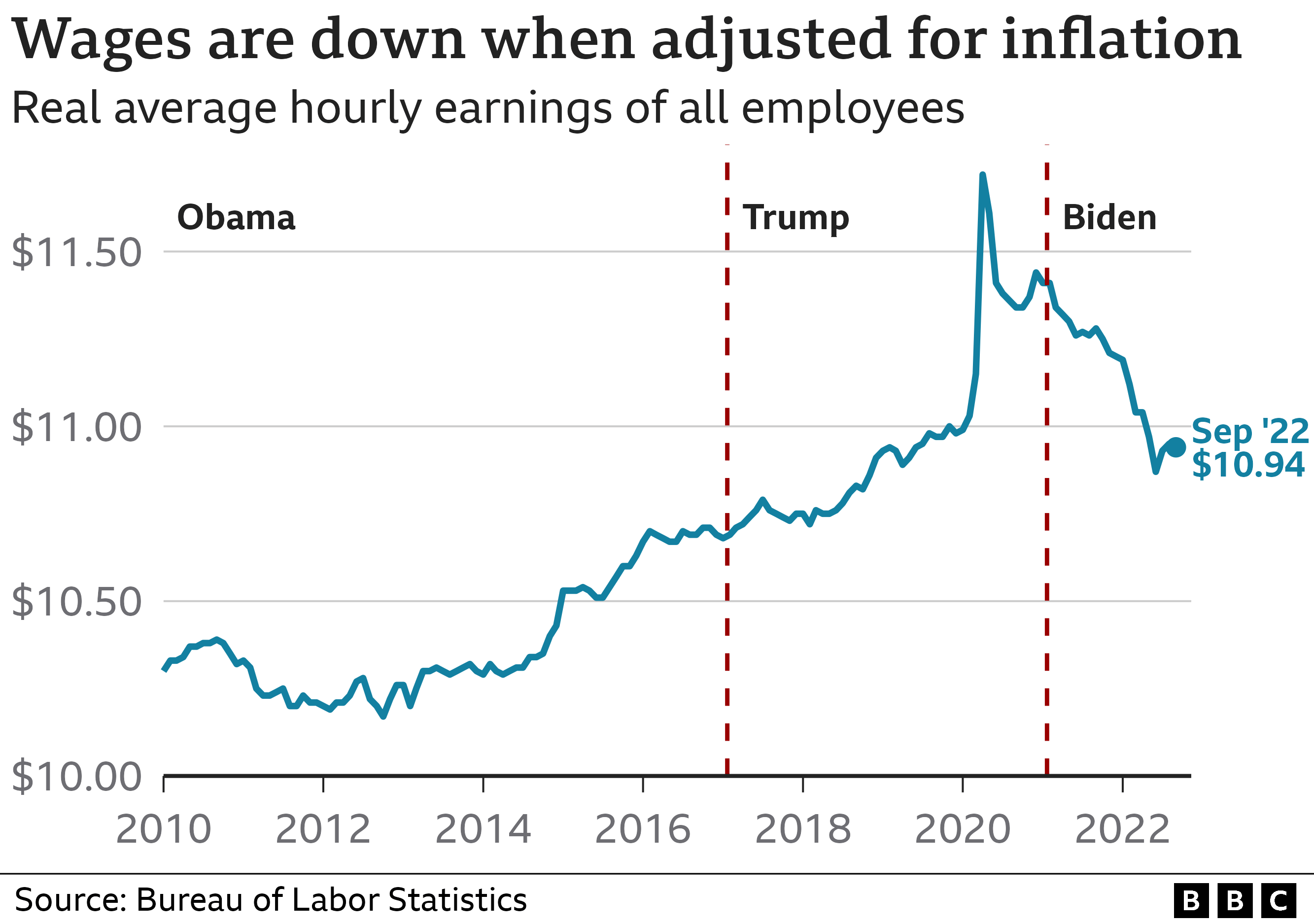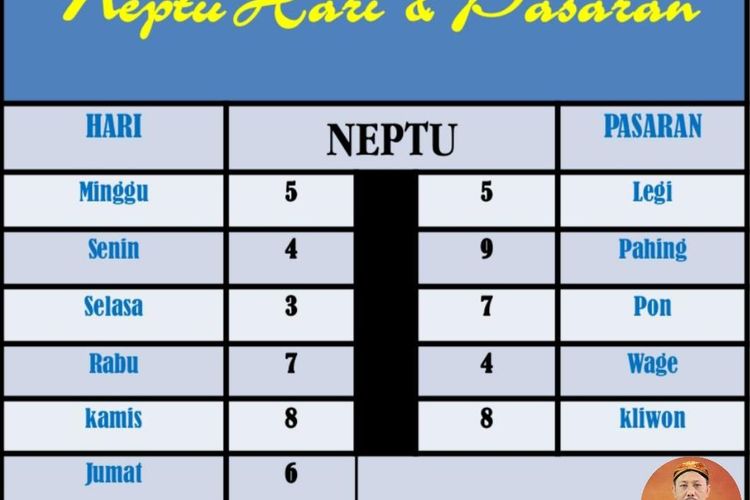Harvard Vs. Trump Administration: A Legal Battle For Higher Education

Table of Contents
The Trump Administration's Stance on Affirmative Action
The Trump administration vehemently opposed affirmative action, arguing against race-conscious admissions policies in higher education. Their position stemmed from a belief that such policies were inherently discriminatory, violating the principle of equal opportunity enshrined in the Fourteenth Amendment.
- The administration launched several legal challenges to affirmative action policies at various universities, viewing them as reverse discrimination.
- Key figures like Attorney General Jeff Sessions publicly voiced strong opposition, arguing that merit, not race, should be the sole determinant in college admissions.
- This stance was part of a broader conservative pushback against affirmative action, framed within the context of a larger debate about identity politics and meritocracy. The administration's actions were seen by some as a deliberate attempt to roll back decades of progress in diversifying higher education.
Harvard's Defense of its Admissions Policies
Harvard defended its holistic review process, arguing that a diverse student body enriched the educational experience for all students. They maintained that race was considered as one factor among many—including academic achievement, extracurricular activities, socioeconomic background, and personal essays—in a nuanced assessment of each applicant.
- Harvard presented extensive evidence demonstrating the educational benefits of diversity, showcasing how diverse perspectives foster critical thinking, creativity, and a broader understanding of the world.
- Their legal strategy focused on demonstrating that their admissions process was narrowly tailored to achieve a compelling governmental interest in diversity, a key legal standard for affirmative action policies.
- The university emphasized its commitment to creating an inclusive learning environment and argued that eliminating race as a factor would significantly harm this goal.
The Supreme Court Decision and its Implications
The Supreme Court's ruling in Students for Fair Admissions, Inc. v. President & Fellows of Harvard College (and the companion case against the University of North Carolina) significantly altered the landscape of affirmative action in higher education. The majority opinion effectively ended the consideration of race as a factor in college admissions, deeming it unconstitutional. Dissenting opinions argued that the decision disregarded decades of legal precedent and the compelling educational benefits of diversity.
- The decision's immediate implication was the immediate cessation of race-conscious admissions policies at many universities across the nation.
- Long-term implications remain uncertain, including potential shifts in student demographics at elite universities and a renewed focus on socioeconomic factors in admissions.
- The ruling sparked intense debate, with advocates for affirmative action arguing that the decision will exacerbate existing inequalities in higher education.
- The impact on college applications is already being felt, as universities scramble to adapt their admissions processes to comply with the new legal framework.
The Broader Context of the Legal Battle
The Harvard vs. Trump Administration case is part of a much larger and ongoing debate surrounding affirmative action and equal opportunity in higher education. This legal battle represents a culmination of decades of legal challenges and evolving social norms regarding race and higher education.
- Several other lawsuits challenging affirmative action policies had been filed prior to the Students for Fair Admissions cases, creating a series of legal precedents that ultimately shaped the Supreme Court's decision.
- Legislative attempts to address affirmative action at the state and federal levels have added further complexity to this already multifaceted issue.
- The social and political implications are far-reaching, potentially impacting not only college admissions but also broader discussions about race, equality, and opportunity in American society.
Conclusion
The Harvard vs. Trump Administration case, culminating in the Supreme Court's decision, profoundly reshaped the landscape of affirmative action in higher education. The ruling against race-conscious admissions policies raises significant questions about diversity, equality, and access to higher education. The key takeaway is the significant impact this decision will have on the future composition of college campuses and the pursuit of a more inclusive higher education system. The Harvard vs. Trump Administration legal battle necessitates continued discussion and analysis. Further research into the Harvard vs. Trump Administration case and its ongoing implications for the future of higher education and affirmative action policies is crucial. Stay informed about the evolving landscape of affirmative action and its impact on universities nationwide.

Featured Posts
-
 Cy Young Winner Reflects On Aprils 9 Run Game And Key Strikeout
Apr 23, 2025
Cy Young Winner Reflects On Aprils 9 Run Game And Key Strikeout
Apr 23, 2025 -
 Yankees Historic Night 9 Home Runs Judges Triple Crown Performance
Apr 23, 2025
Yankees Historic Night 9 Home Runs Judges Triple Crown Performance
Apr 23, 2025 -
 Bof A On Stock Market Valuations A Reason For Investor Calm
Apr 23, 2025
Bof A On Stock Market Valuations A Reason For Investor Calm
Apr 23, 2025 -
 Tina Knowles Breast Cancer Diagnosis The Importance Of Mammograms
Apr 23, 2025
Tina Knowles Breast Cancer Diagnosis The Importance Of Mammograms
Apr 23, 2025 -
 Apakah Jumat Wage Dan Senin Legi Cocok Sebagai Pasangan Ramalan Primbon Jawa
Apr 23, 2025
Apakah Jumat Wage Dan Senin Legi Cocok Sebagai Pasangan Ramalan Primbon Jawa
Apr 23, 2025
